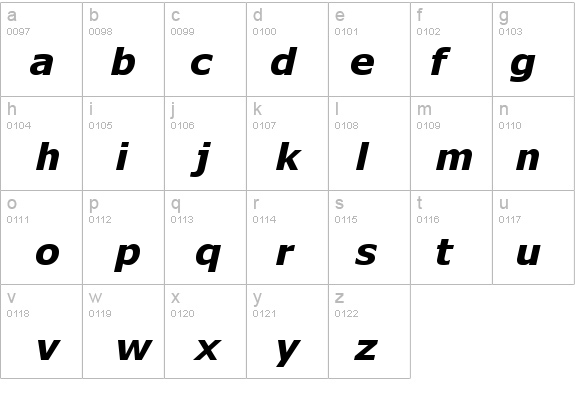

I'll add a disclaimer - as John notes, you can embed fonts. I'm not as knowledgeable about this, but I know that Publisher was the reason we ended up with Franklin Gothic on our PCs, and that is an excellent choice of a sans-serif. If you have the right version of Publisher (ours was 2003), there are some extra fonts available. Wikipedia told me that " Calibri won the TDC2 2005 award from the Type Directors Club under the Type System category." Everything I've read about and them adds to my personal opinion - they're good fonts to use. Three sans-serifs are available: Calibri, Candara, and Corbel. If you're using Office 2007 or later, the ClearType collection comes into play. I've personally never minded Trebuchet as a choice, but it doesn't seem to be as common.

These advantages will become less relevant as pixel density increases, but they're good things to look for in a screen font for now.Īrial is almost universally panned by designers (see above link), Impact isn't practical outside of headlines, and even though Tahoma is more or less Verdana's skinny brother, it doesn't tend to draw as much praise. It was one of the first fonts that was designed with readability on the screen particularly in mind, so it has a large x-height (good for seeing the lowercase letters) and is well-hinted. A scientific study (funded by Microsoft, so take with a grain of salt) touted Verdana's readability, particularly at small sizes. Also, MoMA added it to its design collection, calling it (and the others in the collection) "a milestone in the history of typography". It was designed by Matthew Carter, a respected typeface designer, and the design itself is pretty original, so it doesn't get panned for its existence and history as much as Arial does. It's well-designed and is designed to be readable on the screen. For the German lower-case diacritical marks, all Headline Types complements contain alternative integrated accents which allow the compact setting of lower-case headlines.Of the original " web-safe" (that is, as close to universal as you'll get on the Web) sans-serifs (Arial, Impact, Tahoma, Trebuchet MS, Verdana), Verdana tends to get the most love. For a number of Bodytypes, hairlines and serifs were thickened or the whole typeface was adjusted to meet the optical requirements for setting type in small sizes. For the Bodytypes, fine spaces were created which prevented the smear effect on acute angles in small typesizes.

In addition to the adjustment of spacing, there are also adjustments in the design. The kerning tables, as well, have been individualized for each of these type varieties.

That of the Headline Types is decidedly more narrow in order to do justice to the requirements of headline typesetting. That of the Bodytypes is adjusted for readability. The most obvious differentiation can be found in the spacing. One is designed specifically for headline typesetting (SH: Scangraphic Headline Types) and one specifically for text typesetting (SB Scangraphic Bodytypes). Since the release of these fonts most typefaces in the Scangraphic Type Collection appear in two versions.


 0 kommentar(er)
0 kommentar(er)
